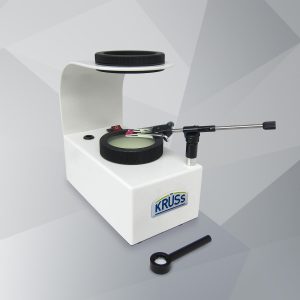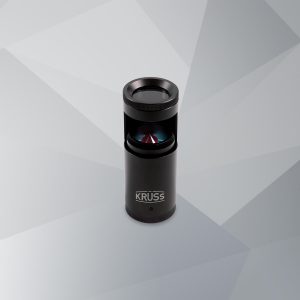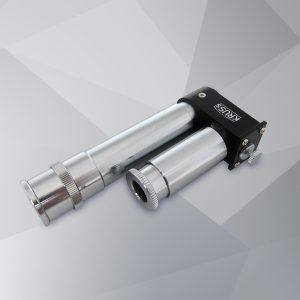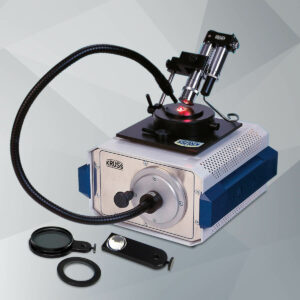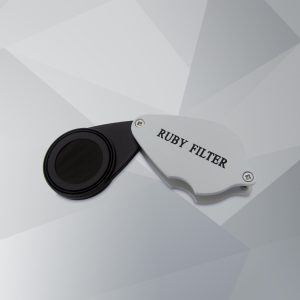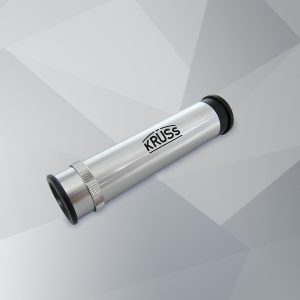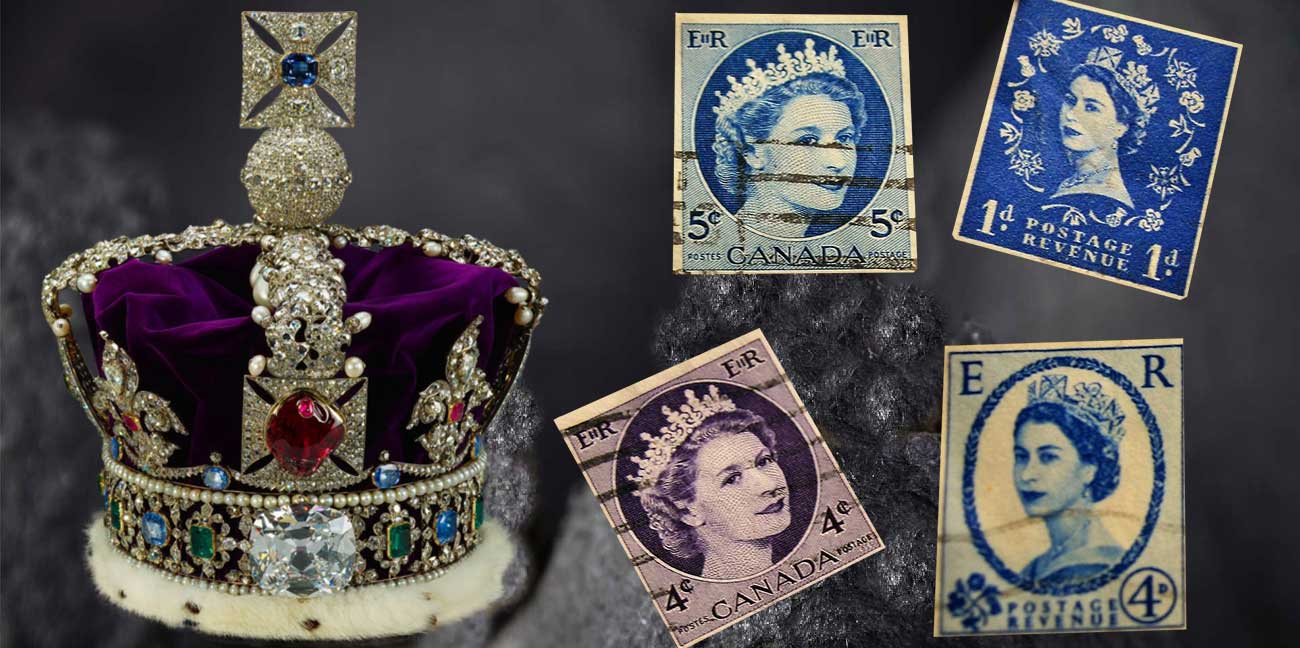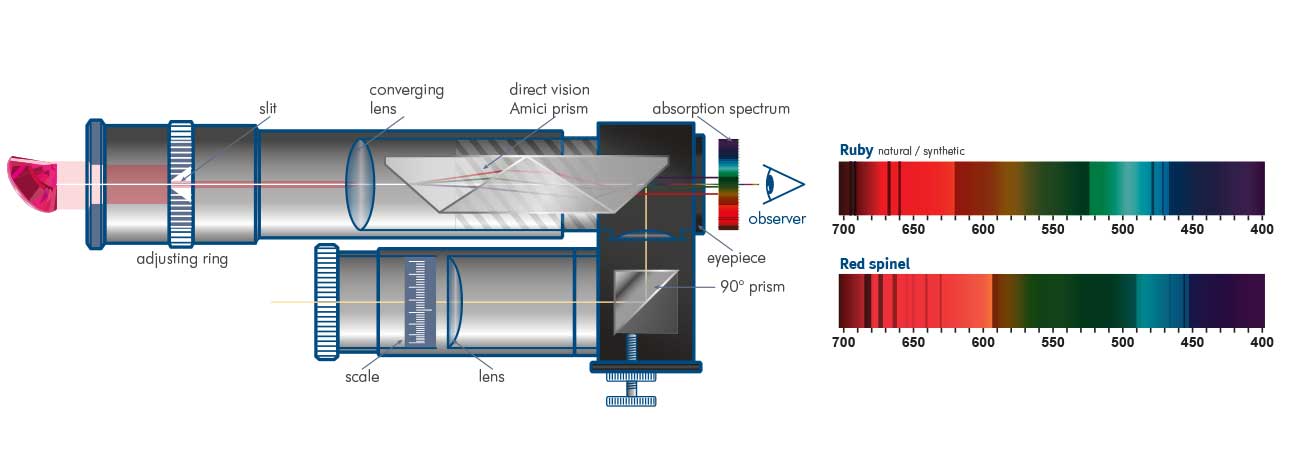The spinel is very often confounded with a ruby. This is why many famous rubies from history are actually spinels. Spinel is a relatively rare mineral from the class of oxides. Due to its great hardness (Mohs hardness 8) and the low fissionability, spinel is an excellent gemstone to work with. Nevertheless, it is very important to distinguish between spinels and rubies, because rubies have a much higher carat price in comparison.
There are different devices with which this distinction can be made.
Polariscopes make it possible to observe the optical properties of gemstones and to quickly identify common imitation gemstones. The ruby filter makes some stones appear in a different color and helps with the assessment of gemstone lots. The spectroscope generates characteristic absorption patterns for stone diagnostics.
You need these products
-
Table-top polariscope PK 14 LED
305,83 €High-quality table-top device with an integrated, mains current-operated LED light source for investigating optical properties.
incl. VAT
+ Shipping costs
Add to cart -
Mobile polariscope PK11-LED
66,64 €Handy pocket polariscope with LED lighting, for examining optical properties and for quickly recognizing common imitation gemstones.
incl. VAT
+ Shipping costs
Add to cart -
Hand-held spectroscope HS1504
491,47 €Precision spectroscope with adjustable slit, wavelength scale and linear prism according to Amici. To determine stones of the same color with the help of absorption spectra.
incl. VAT
+ Shipping costs
Add to cart -
Spectroscope device set
1.914,71 €Premium spectroscope device set consisting of handheld spectroscopewith spectroscope stand and cold light source.
incl. VAT
+ Shipping costs
Add to cart -
Ruby filter RF100
58,31 €Colour filter for assessing cut and unpolished red and pink stones, makes color changes visible
incl. VAT
+ Shipping costs
Add to cart -
Hand-held spectroscope HS1501
272,51 €Portable instrument for the separation and determination of stones of the same color by means of absorption spectra generation, with adjustable slit.
incl. VAT
+ Shipping costs
Add to cart

DISTINGUISHING RUBIES FROM SPINELS WITH A SPECTROSCOPE
A prominent example of the confusion of a ruby is the “Ruby of the Black Prince”, this is actually a red cabochon-red-spinel. It is embedded in the front of the Imperial State Crown, one of the royal crowns of the United Kingdom of Great Britain.
Determination of red stones in practice
A proven method for examining red stones is gemological spectroscopy. Here, the color spectra of stones are generated and analyzed. If the stone is illuminated by light, a certain part of the light is absorbed by the stone. The rest of the light reaches the inside of the spectroscope, inside the spectroscope is broken down into its absorption spectrum and is visible to the observer in the eyepiece. By fading in the wavelength scale, absorption lines can be measured directly. The spectra that are generated by the spectroscope show, depending on which stones are viewed, dark lines and bands of different intensity, the so-called Fraunhofer lines and bands. In most cases, however, the appearance of the entire spectrum is observed and then compared to the reference spectra of other stones.
You can get a lot more specialist information about investigations using spectroscopy. We have published an interesting specialist publication that uses practical examples to explain the possibilities for different applications. The whitepaper was produced in collaboration with Prof. Dr. Jochen Schlueter wrote. He is a qualified mineralogist and is responsible for the permanent collection of the Mineralogical Museum in Hamburg.
Do you want to read more?
Here you can order the whitepaper “Spectroscopy” free of charge, in which many possibilities of examination with the spectroscope are described. Simply enter your contact details here and we will email you our detailed white paper as a PDF on the subject of “Spectroscopy”.

